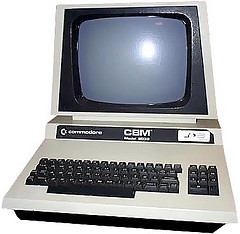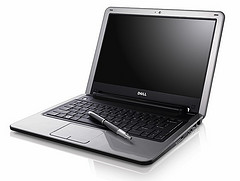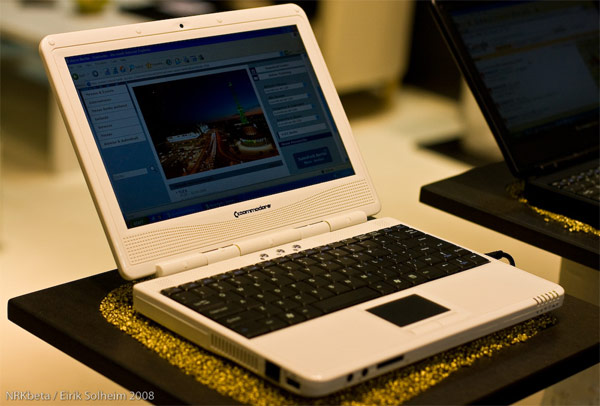The 2004 thriller Cellular features three stars: Kim Basinger, Chris Evans, and a Nokia 6660 video-phone. The kidnapped school-teacher played by Kim Basinger pieces together a broken phone and reaches a random dude, Ryan (Chris Evans) on cell-phone – this call literally becomes her lifeline.
Ryan effortlessly uses his Nokia miracle-phone in the middle of a wild race in his (stolen) Porsche, even produces the video evidence that will put the bad guys away at the Happy End.
But are Nokia phones really so easy to use in real life? Read on to find out…

 How old is your work computer?
How old is your work computer?
 Hardly
Hardly The New York Times ran an article this week:
The New York Times ran an article this week:  Finally, a word on connectivity and prices: Wifi gets you online almost, but not all the time, so obviously a 3G connection is a useful addition to your netbook. But you will pay for 3G data usage, so why don’t carriers subsidize your netbook purchase, like they do with cell phones? The day will come, as the WSJ reports, HP may be one of the first to introduce such a model:
Finally, a word on connectivity and prices: Wifi gets you online almost, but not all the time, so obviously a 3G connection is a useful addition to your netbook. But you will pay for 3G data usage, so why don’t carriers subsidize your netbook purchase, like they do with cell phones? The day will come, as the WSJ reports, HP may be one of the first to introduce such a model:  I know netbook prices are dropping, but not this fast! Just a day after hearing about a
I know netbook prices are dropping, but not this fast! Just a day after hearing about a 

 My first computer was a Commodore 64. Most of you probably don’t want to know the specs:
My first computer was a Commodore 64. Most of you probably don’t want to know the specs: rundown, ironically also published today.
rundown, ironically also published today.![Reblog this post [with Zemanta]](https://www.zoliblog.com/wp-content/uploads/HLIC/c3f6a73b6f73860cb3967d8190b33e5c.png)

 Recently I’ve seen signs that may suggest the occasional UPS glitches are not-so-occasional, and there may be deeper systematic problems with our favorite delivery service. The brown truck driver is as friendly as he ever was – it’s the systems that appear to s***w customers left and right.
Recently I’ve seen signs that may suggest the occasional UPS glitches are not-so-occasional, and there may be deeper systematic problems with our favorite delivery service. The brown truck driver is as friendly as he ever was – it’s the systems that appear to s***w customers left and right. Finally, my third shipping experience within a month: I’m expecting a Sony Reader sent from NY to CA. It was originally due to arrive on 7/28 but now I see it’d rescheduled for 7/29. A one-day delay is not the end of the world, until you look at the details:
Finally, my third shipping experience within a month: I’m expecting a Sony Reader sent from NY to CA. It was originally due to arrive on 7/28 but now I see it’d rescheduled for 7/29. A one-day delay is not the end of the world, until you look at the details:


Recent Comments